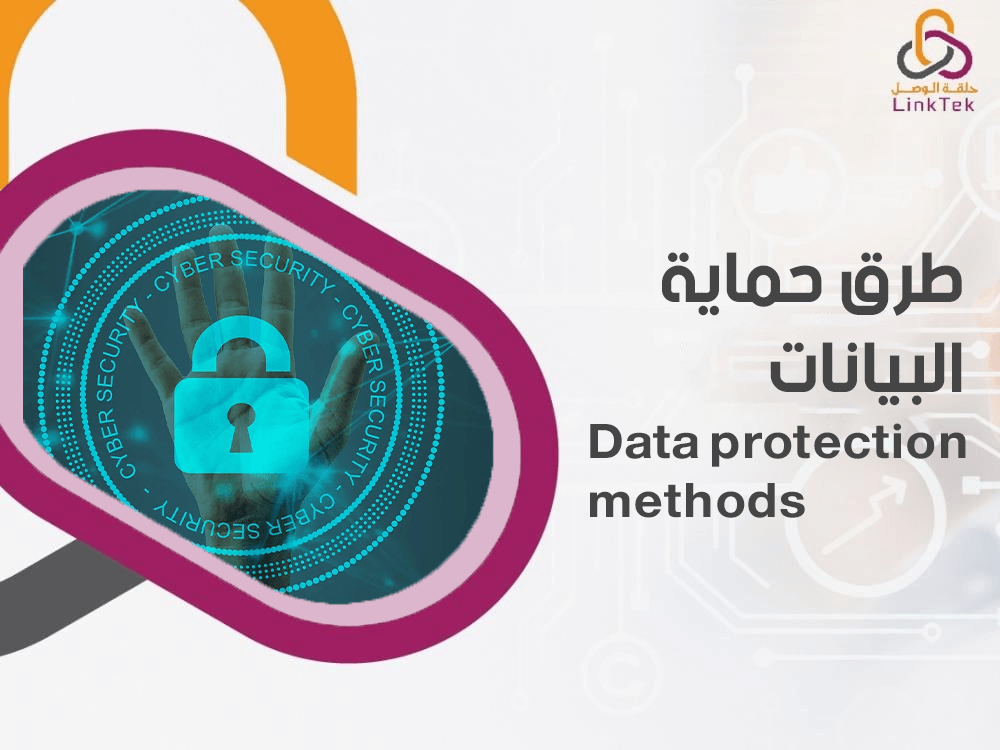
Companies, offices, and even home networks or regular networks use various methods to protect their data stored on different devices. These devices may be subject to numerous attacks, either aiming to destroy networks and devices or to obtain information from these devices with the intent to harm the company. Today, we provide you with the most important data protection methods used at various levels, as well as the different systems and applications used in data protection.
Data Protection Methods: Tips for Protecting Your Organization's and Clients' Data
The most important methods that can be used to protect data are as follows:
- Installing Antivirus and Malware Software: These programs help in the early detection of harmful virus attacks on systems and data, preventing various damages. Antivirus programs come in various types, and it’s important to choose the right one. Some of the most popular antivirus programs include:
- McAfee
- Norton Antivirus
- Kaspersky
- Avast
- AVG Antivirus
- Ensuring Continuous Device Updates: Security protocols in devices are updated during device updates, which are dedicated to protecting data. It’s also important to choose devices that operate through well-known security protocols to protect users' data and applications.
- Regular Updates of Security and Antivirus Software: Security programs are continually updated according to the latest security challenges, so it's crucial to keep these programs up to date and ensure that you purchase the latest versions.
- Managing Passwords and Using Strong Passwords: To prevent unauthorized access to user data and systems, various programs and applications can help create strong passwords.
- Protecting Your Wi-Fi Network: This can be done by encrypting the network and changing its password to a strong one. It's also important to ensure general network security, not just Wi-Fi networks, by using encryption, access control, firewalls, and strong passwords for devices.
- Using Firewalls: Firewalls help protect different networks by preventing unauthorized access to the network.
- Using VPN Programs: VPNs encrypt the data transmitted over the network, turning it into unreadable codes, which helps protect that data from being hacked.
- Regular Backup: Regular backups help protect important data that the user fears losing. It is also advisable to store copies of important data in different locations to avoid data loss.
- Using Multi-Factor Authentication: Multi-factor authentication, such as access control combined with complex passwords or sending a verification message, helps use multiple methods to verify the user’s identity.
- Implementing Access Control Policies: These policies help prevent unauthorized access to data on the network, ensuring only authorized individuals can access the system.
- Checking Application Permissions: Some applications request permission to access certain resources and data on your devices. It's essential to be cautious to prevent unauthorized access.
Factors Affecting the Choice of the Appropriate Security System
As mentioned earlier, there are various methods and means used in data protection. What factors affect the choice of the appropriate method? The suitable security and protection methods are chosen based on several factors, the most important of which are:
- Type of Data: The type of data being handled, whether in work environments or at home, affects the choice of protection methods. The more important and sensitive the data, the greater the need for robust data protection methods.
- Budget for Purchasing Data Protection Methods: The budget significantly influences the security systems purchased for data protection.
- Scalability of Security Systems: It’s essential to invest in security systems and data protection methods with a high degree of scalability in case of an increase in the volume of data to be protected.
- Compatibility with Existing Systems: It’s crucial to choose security systems that can be compatible with various other systems to ensure compatibility with the existing system and adaptability to future changes.
- Ease of Use: Security systems should be easy to use so that users can manage them without always needing technicians for repairs and changes.
- Continuous Technical Support and Updates: Continuous technical support and updates for the security system are necessary to keep up with the evolving threats to data.
Therefore, it’s essential to identify the appropriate security system compatible with your data’s resources and requirements.
Data and information security is crucial for all segments of society, whether companies, individuals, or others. Data theft can lead to financial and moral losses on various levels. Therefore, using appropriate data protection methods is vital and must be effectively integrated into the information infrastructure of any place.

